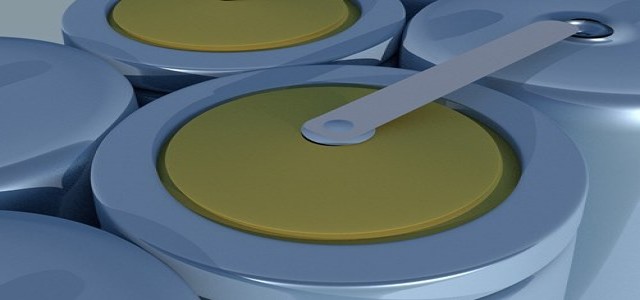
Researchers at the Chalmers University of Technology have reportedly announced that they have developed a structural battery that lays down the foundation for fundamentally ‘massless’ energy storage in vehicles as well as other technology.
Consisting of carbon fiber that simultaneously serves as an electrode, a conductor, and a load-bearing material, the battery gives ten times better performance as compared to all previous versions.
While the first attempts for manufacturing a structural battery were made as back as 2007, it has proven hard to develop batteries that have good mechanical as well as electrical properties so far.
The recent development has, however, taken a real step ahead with researchers from Chalmers University and the Stockholm-based KTH Royal Institute of Technology introducing a structural battery that has far greater properties than anything yet witnessed, in terms of stiffness, electrical energy storage, and strength.
The development of these batteries has proceeded through years of research, comprising previous discoveries that involve certain types of carbon fiber. Along with being strong and stiff, these structural batteries have a good capacity for the chemical storage of energy. The work was called one of the ten largest scientific breakthroughs of 2018 by the Physics World.
For the record, the battery has an energy density amounting to 24 Wh/kg, which is nearly 20 per cent capacity as compared to the presently available lithium-ion batteries. However, as the weight of the vehicles can be greatly decreased, less amount of energy will be needed for driving an electric car. Moreover, lower energy density also leads to an increase in safety. Further, the structural battery can really give competition to several other commonly deployed construction materials owing to its stiffness of 25 GPa.
It is to be noted that a new project, funded by the Swedish National Space Agency, is also underway, where the performance of the battery will be escalated even further. The carbon fiber will replace the aluminum foil as a load-bearing material in the positive electrode of the battery, providing both increased energy density and stiffness.
Source credit: https://www.chalmers.se/en/departments/ims/news/Pages/Big-breakthrough-for-%e2%80%99massless%e2%80%99-energy-storage.aspx




